The Space Race of the 1960s: America’s Journey to the Moon
The early 1960s marked a time of fierce competition and bold ambition, as the United States and the Soviet Union faced off in the Cold War’s most extraordinary race—the race to the Moon. With the world on edge, space became the ultimate frontier, and NASA, created in the late 1950s, represented not just a new agency, but the dawn of a new era in space exploration for America.
The challenges of this era were not merely technical; they were battles driven by national pride and political stakes. Early attempts to reach the Moon were fraught with setbacks, yet these struggles spurred the perseverance needed to push forward. In 1964, Ranger 7 became a turning point, transmitting over 4,000 images of the Moon and offering a glimpse of success.
The Need for a Bold Vision: JFK’s Moon Declaration
Amid the tensions of the Cold War, America was searching for a unifying goal that could inspire the nation. Enter President John F. Kennedy, whose iconic speech set the course for the space race. On May 25, 1961, he declared: “I believe this nation should commit itself to achieving the goal, before this decade is out, of landing a man on the Moon and returning him safely to the Earth.”
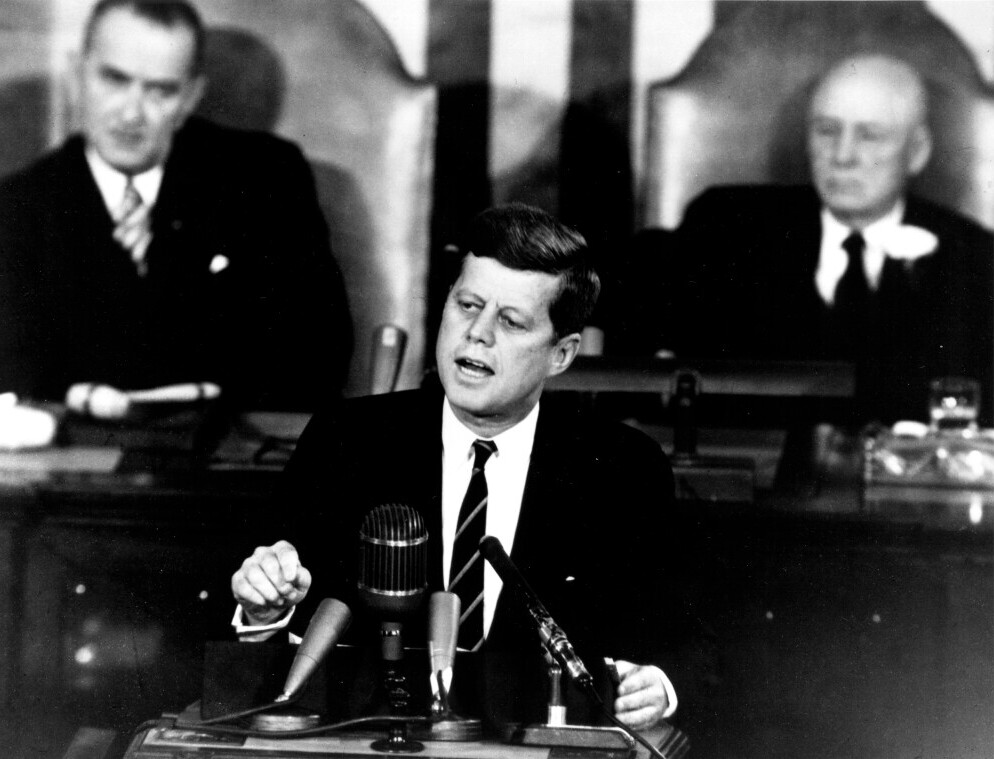
Kennedy’s ambitious goal transformed the nation’s approach to space exploration. Every mission, whether successful or not, became part of the larger puzzle of landing a man on the Moon. NASA’s efforts weren’t just about reaching a destination—they became symbols of unity, perseverance, and scientific progress during a period of global tension.
Luna 9 and Surveyor Landers: A Rivalry in Space
As the space race escalated, every success was a major milestone. In January 1966, the Soviet Union made history with Luna 9, becoming the first spacecraft to achieve a soft landing on the Moon. This victory added fuel to the already intense competition between the superpowers, but it also provided critical knowledge about the lunar surface.
NASA wasn’t far behind. Just a few months later, Surveyor 1 became the first American spacecraft to land on the Moon, providing invaluable data for Apollo missions. Surveyor 1 helped select potential landing sites, demonstrating the viability of soft lunar landings. Later, Surveyor 3 played a pivotal role in Apollo 12 when astronauts visited its site in 1969. These early unmanned missions were not only crucial for gathering data but also laid the groundwork for future human exploration of the Moon.
Mapping the Moon: Preparing for Apollo’s Success
By the mid-1960s, the focus shifted from basic lunar landings to preparing for human missions. NASA’s Lunar Orbiter program, launched in 1966, played a crucial role in mapping the Moon’s surface. Lunar Orbiter 2 provided critical photographs and detailed terrain analysis, enabling scientists to identify safe landing zones for Apollo missions.
The Lunar Orbiter missions were more than just photographs—they provided the data necessary to ensure the success of manned missions to the Moon. This series of orbiters helped NASA make informed decisions, guiding Apollo’s landings with precise planning.
Apollo’s Journey: Overcoming Tragedy and Triumph
NASA’s path to the Moon wasn’t without its challenges. The Apollo 1 tragedy in 1967, which resulted in the deaths of astronauts Gus Grissom, Ed White, and Roger B. Chaffee, served as a somber reminder of the risks of space exploration. Despite the setback, NASA was resolute in its pursuit of the lunar goal.
The Apollo 7 mission, launched in October 1968, marked a turning point, restoring confidence in the Apollo program. It was the first successful crewed mission since Apollo 1 and set the stage for Apollo 8—the first manned mission to orbit the Moon. During Apollo 8, the iconic “Earthrise” photo was taken, showcasing our planet from space and forever changing our view of the Earth and our place in the universe.
Apollo 11: A Historic Leap for Mankind
The pinnacle of the Apollo program came on July 20, 1969, with the historic landing of Apollo 11. Neil Armstrong and Buzz Aldrin became the first humans to set foot on the Moon, forever changing the course of history. Their achievement not only symbolized the success of the space race but also showcased the technological and scientific triumphs of NASA.
Following Apollo 11, subsequent missions like Apollo 12 and Apollo 14 focused on gathering lunar samples, setting up experiments, and conducting scientific research. Even Apollo 13, despite its emergency situation, demonstrated NASA’s resilience and problem-solving abilities in the face of disaster.
The Legacy of Apollo: A New Age of Space Exploration
The legacy of the Apollo program extends far beyond the Moon landing. The lessons learned from Apollo laid the groundwork for future space exploration, including the Space Shuttle program, international space cooperation, and ongoing missions to return to the Moon and eventually travel to Mars.
Apollo’s contributions to science, technology, and culture are still felt today. The samples and data collected during Apollo missions continue to provide valuable insights into the Moon and the origins of our solar system. Furthermore, the cultural impact of the Moon landings inspired generations to pursue careers in science, technology, engineering, and mathematics (STEM).
The Continuing Legacy of Lunar Exploration
The lessons of the 1960s lunar missions continue to influence space exploration today. With NASA’s Artemis program aiming to return astronauts to the Moon and plans for Mars exploration on the horizon, the ambitions of the Apollo era are still alive. Advances in technology, international collaboration, and a renewed focus on sustainable space exploration are paving the way for the next era of lunar and planetary exploration.
The legacy of the 1960s space race teaches us that exploration is an ongoing journey—one that requires continuous innovation, determination, and the willingness to learn from past successes and failures. As we look to the future, we build upon the dreams, efforts, and achievements of those who made space exploration possible.


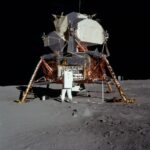
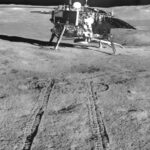
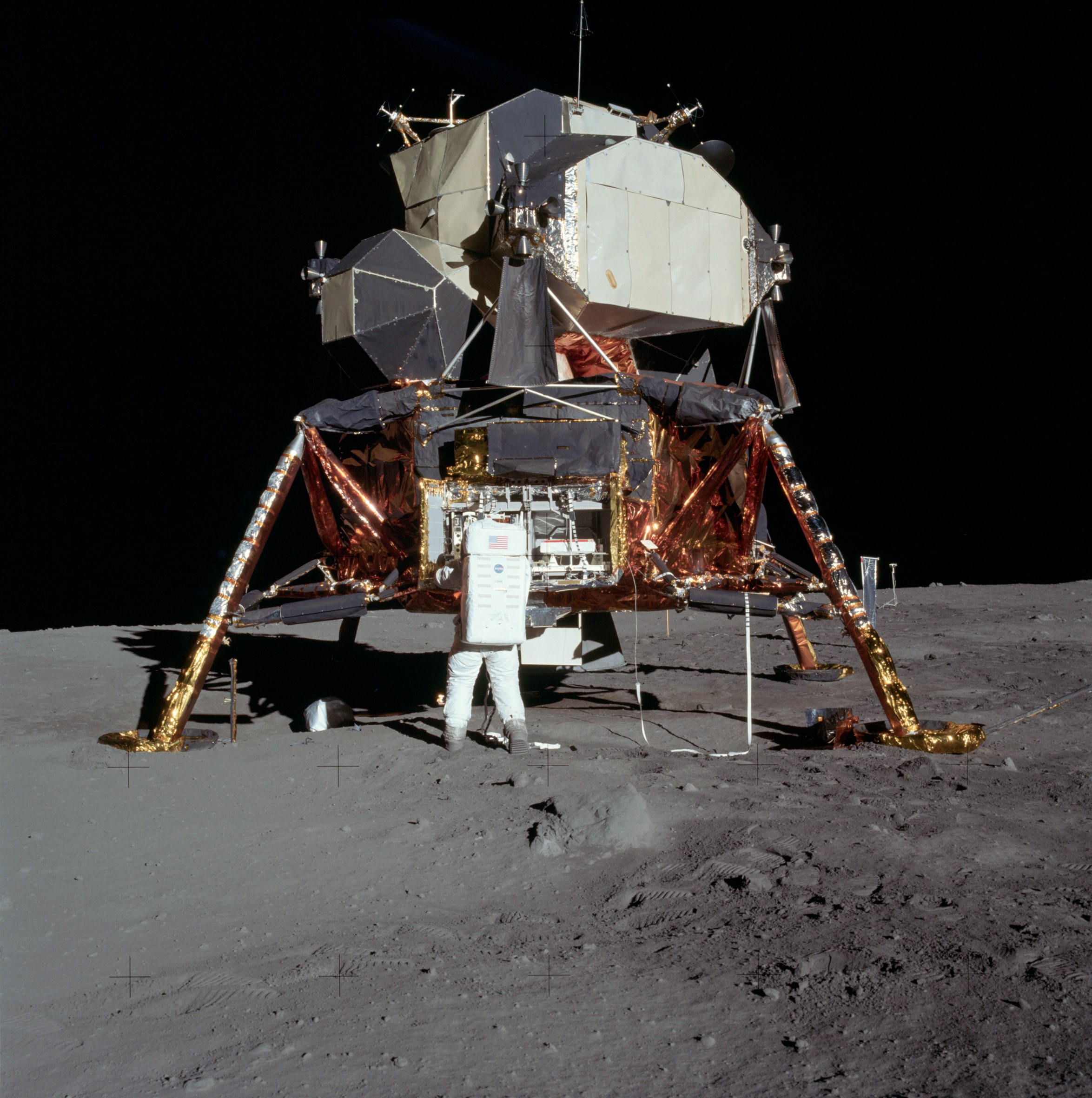
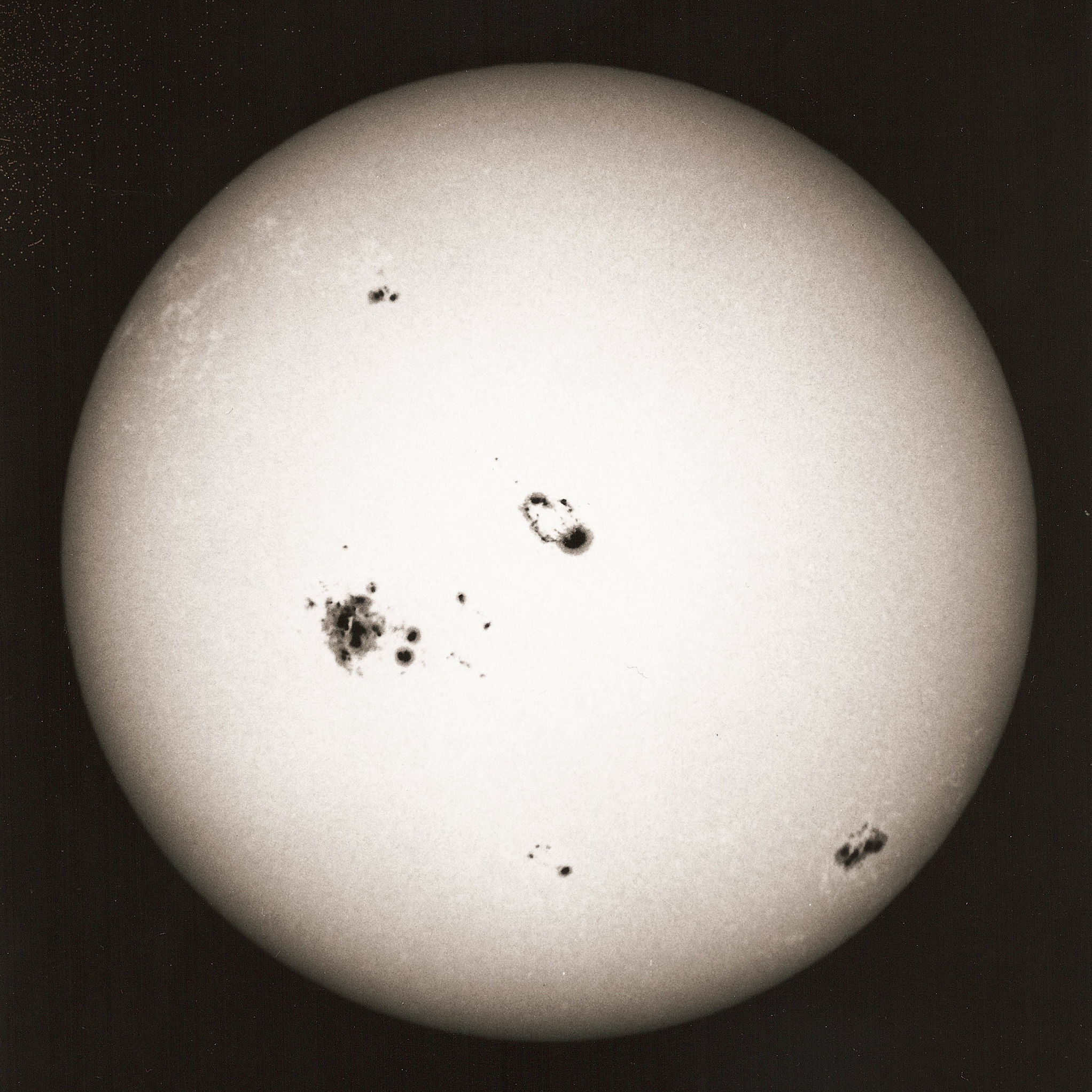
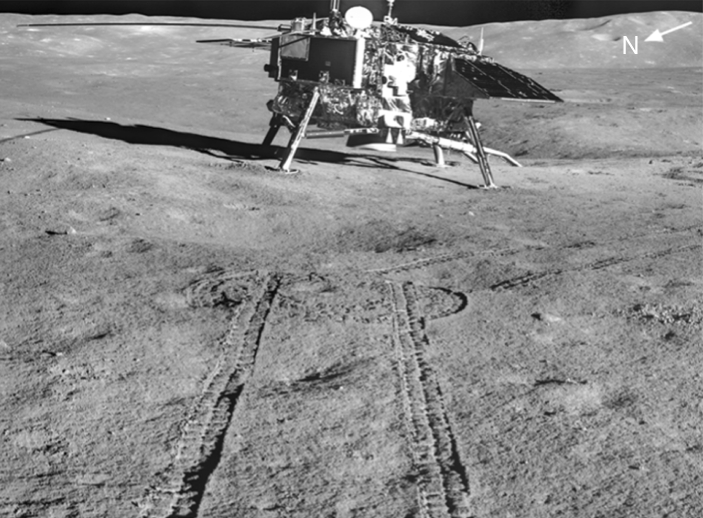
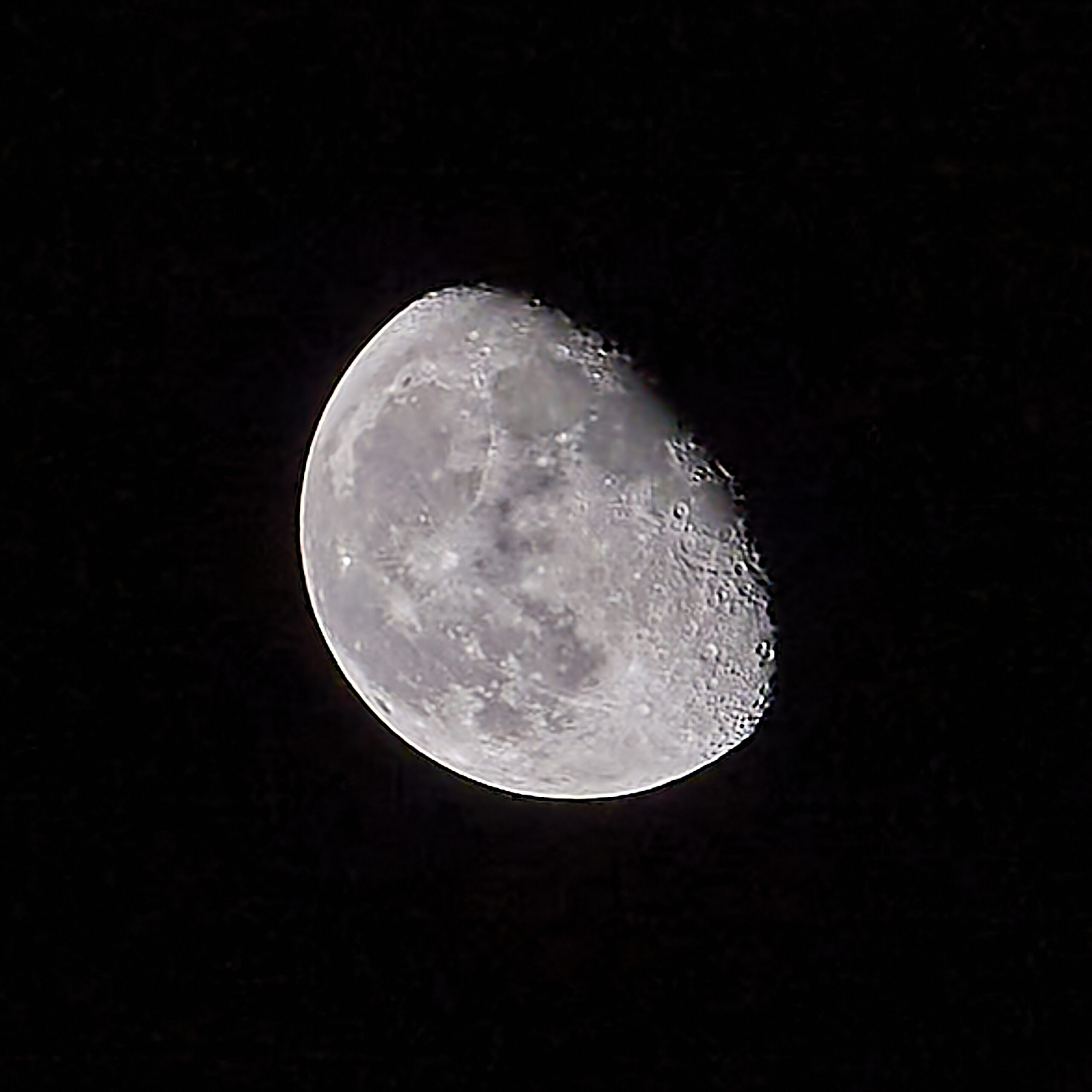
What an incredible journey through the Apollo program! You captured the spirit of exploration and the determination of those involved so well. It’s amazing to think about the innovation and teamwork that fueled those missions.
I especially loved how you highlighted not just the technical achievements but also the human stories behind them. It makes this history feel relatable and inspiring. The idea that we were all watching together, united in wonder, is something we often overlook today.
What do you believe is the most important lesson from the Apollo missions for future space exploration?
Hi Maxon
Thank you for your good words.
The Apollo missions finished in 1972 because of financial cutbacks, mainly through the cost of the Vietnam war. If the program had gone on to finish with Apollo’s 18, 19, 20 then I think we would still be where we are today, with no manned missions for over 50 years. This is mainly to do with the technology and how far it would need to go to put a permanent base on the Moon as this would be the next logical step after Apollo. It also has to do with finances and goals. The cost of launching men and equipment to the Moon has vastly increased since Apollo. At the moment NASA has plans to build a base on the Moon, that is far different from the goal Kennedy set in May 1961. It was a political goal not a scientific one, though Apollo’s 12, 14, 15, 16 and 17 were treated as scientific one.
Today the cost is far more than one organisation or country can afford so NASA, ESA and others are contracting private companies to design and build the technology and spacecraft needed for such an enterprise. SpaceX has been contracted to design the landing craft for the first landing.
We are going back to the Moon to stay and work there. It will become the launching pad for other missions to Mars and beyond.
Dave
This blog beautifully captures the challenges and triumphs of the 1960s space race, highlighting the incredible perseverance and innovation that defined the Apollo missions. I especially appreciate how you shed light on lesser-known programs like the Lunar Orbiter and Surveyor, which were crucial in paving the way for Apollo’s success.
The historical details, combined with the parallels to modern space exploration, make this a fascinating and inspiring read. It’s a powerful reminder of how teamwork, preparation, and learning from failure remain vital lessons for any ambitious endeavor, even today’s missions to Mars and beyond. Truly an immersive and thought-provoking piece!
Hi Kavitha,
Thank you for your comments.
The Moon missions, with the Mercury, Gemini and Apollo missions where a great time to live through. I remember staying up all night to watch and listen to, the landing of Apollo 11.
I doubt if there will be another time when the World watches together such an epic time such as the Moon missions of the 60’s and early 70’s.
Dave